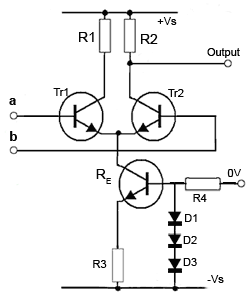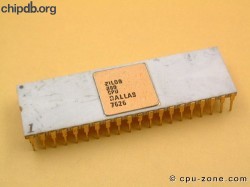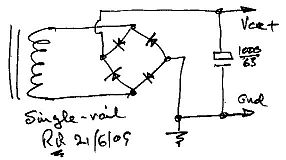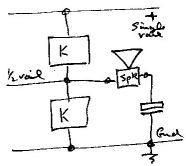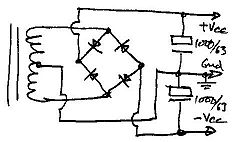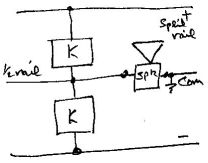Thanks phatt, gone into the AVA in-tray. :dbtu:

{Ya'know, I have a funny feeling looking at that broken PCB splint job and pile of 5W resistors ... I'm not going to dig back through my job sheets, would have been more than ten years ago, but I have a funny feeling ... I don't remember no quad box, but there was a time when amps were coming in from very far afield, Brisvagas to Sinny. What location did you pick this up, NSW somewhere? There might be a "RR-squiggle, date" in pencil on it somewhere.}
... I'm not going to dig back through my job sheets, would have been more than ten years ago, but I have a funny feeling ... I don't remember no quad box, but there was a time when amps were coming in from very far afield, Brisvagas to Sinny. What location did you pick this up, NSW somewhere? There might be a "RR-squiggle, date" in pencil on it somewhere.}
{Ya'know, I have a funny feeling looking at that broken PCB splint job and pile of 5W resistors
 ... I'm not going to dig back through my job sheets, would have been more than ten years ago, but I have a funny feeling ... I don't remember no quad box, but there was a time when amps were coming in from very far afield, Brisvagas to Sinny. What location did you pick this up, NSW somewhere? There might be a "RR-squiggle, date" in pencil on it somewhere.}
... I'm not going to dig back through my job sheets, would have been more than ten years ago, but I have a funny feeling ... I don't remember no quad box, but there was a time when amps were coming in from very far afield, Brisvagas to Sinny. What location did you pick this up, NSW somewhere? There might be a "RR-squiggle, date" in pencil on it somewhere.}

 Oh yeah, and lots more forest ('tho this is mostly plantation).
Oh yeah, and lots more forest ('tho this is mostly plantation).



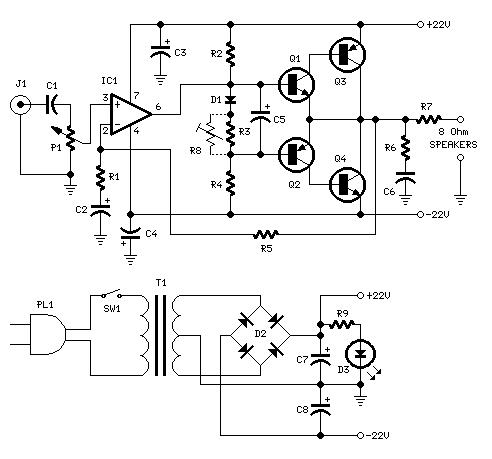
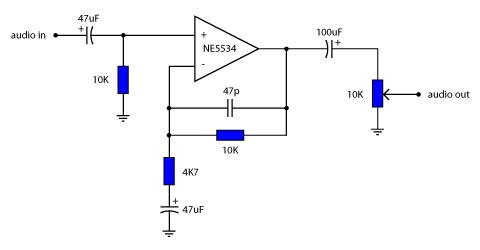


 :duh }
:duh }


